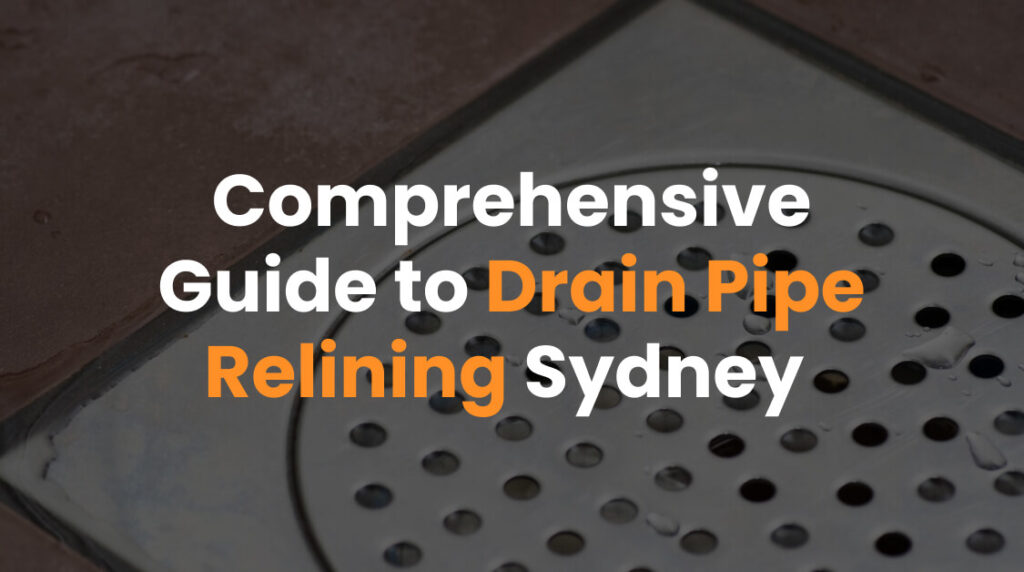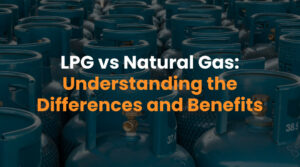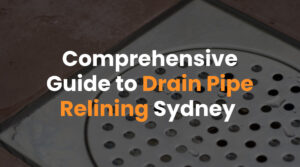Drain pipe relining in Sydney presents a modern, efficient alternative to traditional pipe repair methods. This innovative approach addresses common issues like blocked drains, broken pipes, and deteriorating sewer lines without the need for extensive excavation. Utilising cutting-edge relining technology, specialists can effectively repair pipes from within, creating a new pipe within the old one. This guide delves into the relining process, its advantages, and why it’s becoming the preferred solution for stormwater and sewer drain issues in Australian homes and cities.
Understanding the Pipe Relining Process
Pipe relining is a sophisticated repair method that restores the functionality of damaged pipes by creating a new, durable lining inside the existing pipe. Here’s how the process unfolds:
-
- Initial Inspection: A CCTV drain camera is inserted into the pipe to identify the location and extent of the damage, whether it’s a collapsed pipe, stormwater drain blockage, or broken sewer line.
-
- Cleaning the Pipe: High-pressure water jets clear out blockages, ensuring the pipe is prepared for the relining job. This step is crucial for the liner to adhere properly.
-
- Pipe Lining: A flexible pipe liner, soaked with a special resin, is inserted into the damaged section. This liner is then expanded to fit snugly against the walls of the original pipe.
-
- Curing the Liner: The resin is cured using heat, UV light, or ambient curing methods, bonding the liner to the existing pipe and effectively creating a new pipe within the old one.
-
- Final Inspection: Another CCTV inspection ensures the reline pipes work was successful, with no remaining blockages or leaks.
This no-dig approach to pipe repair minimises disruption, making it an ideal solution for repairing pipes located under buildings, landscapes, or any hard-to-access areas in Sydney.
The Benefits of Pipe Relining Over Traditional Methods
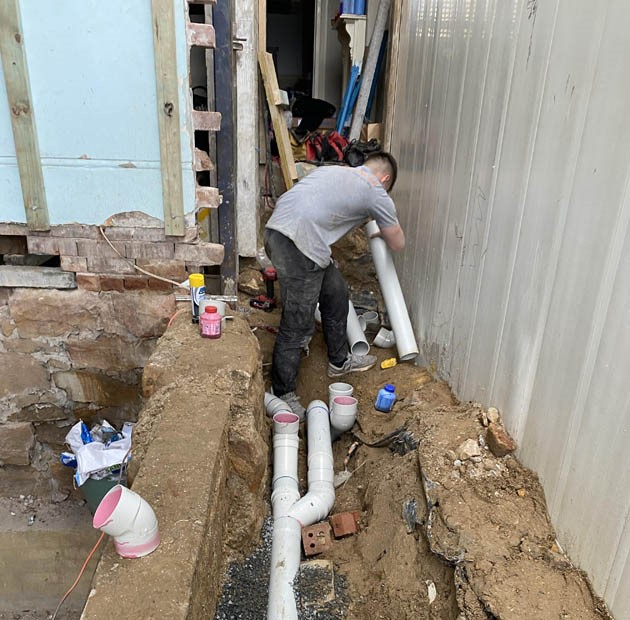
Pipe relining offers numerous advantages over traditional pipe replacement methods, particularly when it comes to repairing sewer and stormwater pipes:
-
- Less Intrusive: Traditional pipe replacement often requires digging up yards or driveways, leading to additional repair costs and disruption. Pipe relining eliminates the need for excavation, preserving your property’s landscape and structure.
-
- Cost-Effective: While the initial pipe relining cost may seem high, it’s generally more economical than traditional methods when considering the reduced labour costs, and the avoidance of landscape or structure repair costs post-digging.
-
- Time-Saving: A relining job can usually be completed in a fraction of the time required for pipe replacement, minimising downtime and inconvenience.
-
- Long-Lasting Results: Relining technology uses materials like epoxy resin that bond to the existing pipe, offering a durable solution that extends the life of sewer and stormwater pipes. These materials are resistant to corrosion, tree root intrusion, and have a life expectancy that rivals new PVC pipe installations.
-
- Improved Flow: The smooth surface of the relined pipe enhances water flow, reducing the risk of future blockages.
Identifying Signs of a Blocked or Damaged Pipe
Recognising the early signs of a blocked or damaged plumbing pipe is crucial in preventing further damage and ensuring the efficiency of your drain system. Here’s what to watch for:
-
- Slow Drainage: One of the first signs of a blocked drain is water draining slowly from sinks, showers, or bathtubs. This indicates a blockage within the existing drain system that may need attention.
-
- Gurgling Sounds: Unusual noises coming from the pipes, such as gurgling when you flush a toilet or drain water, can signal trapped air caused by blockages or damage in the sewer or stormwater pipes.
-
- Water Backup: If water backs up in your sink, toilet, or shower, it could indicate a severe blockage. Recurrent backups might suggest broken sewer pipe issues or severe blockages.
-
- Unpleasant Odors: A persistent foul smell emanating from drains could be a telltale sign of a blocked or damaged sewer pipe, indicating decomposing waste material within the system.
Exploring Trenchless Pipe Relining Techniques
Trenchless pipe relining offers a non-invasive solution to repairing damaged sewer and stormwater pipes. This method avoids the need to excavate your yard or disrupt your property, focusing instead on repairing the pipe from within. Here’s a look at some common techniques:
-
- Cured-in-Place Piping (CIPP): Involves inserting a resin-saturated felt tube into the damaged pipe, which is then cured in place to form a new pipe within the old pipe, stronger than the original.
-
- Pipe Bursting: While slightly more invasive, pipe bursting replaces the existing damaged pipe by breaking it apart and simultaneously pulling through a new pipe.
-
- Pull-in-Place Lining: This method allows for precise lining of specific sections of pipe or sewer, ideal for partially damaged pipes.
How Does No-Dig Pipe Relining Work?
No-dig pipe relining is a specialised and highly efficient method of repairing damaged pipes without the need for excavation. Here’s the general process:
-
- Inspection and Cleaning: Initially, a CCTV drain inspection is conducted to identify the extent and location of the damage. The existing pipe is then cleaned to remove any blockages or debris.
-
- Pipe Lining: A custom-fitted, resin-saturated liner is inserted into the damaged section of the pipe. This liner is then expanded to fit snugly against the interior walls of the existing pipe.
-
- Curing the Resin: The resin within the liner is cured using heat, UV light, or ambient temperatures, bonding it to the existing pipe and creating a new, seamless pipe within the old one.
-
- Final Inspection: Another CCTV inspection ensures the pipe relining repairs are complete and the drain system is fully restored.
The Role of Sewer Pipe in Drain Relining
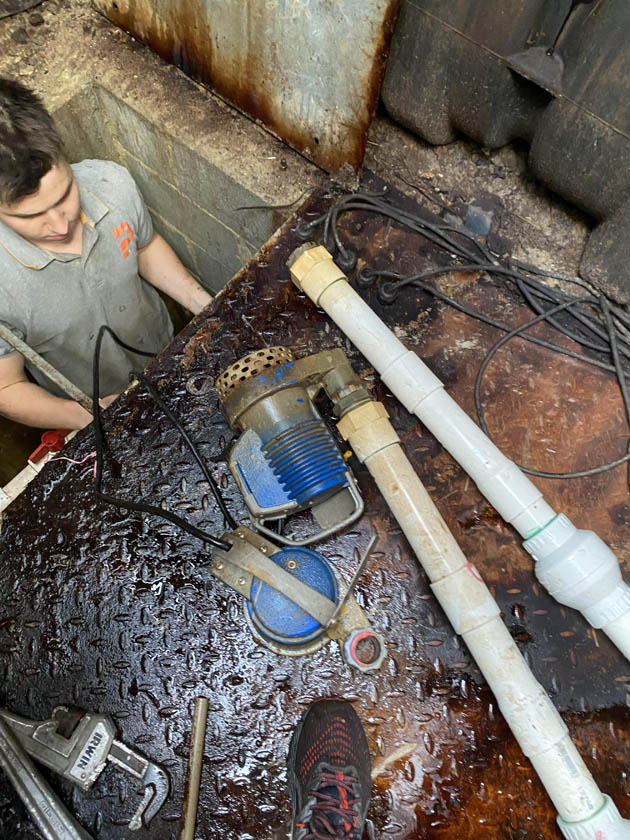
The sewer pipe plays a pivotal role in the overall health and functionality of a property’s drainage system. In the context of drain relining, the sewer pipe is often the primary focus due to its susceptibility to damage from various factors like tree root intrusion, age-related wear and tear, and accumulation of debris. Drain relining addresses these issues directly within the sewer line, restoring its integrity and functionality without the need for extensive excavation. This process involves inserting a new lining inside the existing damaged sewer pipe, effectively repairing it from the inside out. The relined sewer pipe not only fixes current problems but also offers added resistance against future damage, ensuring a more durable and reliable drain system.
Key Steps in the Pipe Relining Solution
Pipe relining is a sophisticated procedure that extends the life of existing pipes by creating a “pipe within a pipe.” Here are the key steps involved in this solution:
-
- Inspection: The first step involves using CCTV drain inspection technology to identify the exact location and extent of the damage inside the sewer pipe.
-
- Cleaning: Before relining can occur, the existing pipe must be thoroughly cleaned to remove any blockages or debris. This is typically done using high-pressure water jetting.
-
- Measuring: Accurate measurements of the damaged section are taken to ensure the new lining fits perfectly.
-
- Liner Preparation: A custom liner impregnated with a special resin is prepared based on the measurements of the pipe.
-
- Installation: The liner is then carefully inserted into the existing pipe, often using an air or water inversion process to ensure it fits snugly against the pipe walls.
-
- Curing: Once in place, the resin is cured to harden the liner, typically using ambient temperatures, hot water, or UV light, forming a new pipe within the old one.
-
- Final Inspection: A final CCTV inspection ensures the liner has been installed correctly and the pipe is fully restored.
Comparing Pipe Patching vs. Complete Pipe Relining
When it comes to repairing damaged sewer pipes, two primary methods are often considered: pipe patching and complete pipe relining. Here’s how they compare:
-
- Pipe Patching: This method is ideal for repairing small, isolated sections of damage within a pipe. A patch, similar in material to the liners used in relining, is applied to just the damaged area. It’s a quick, cost-effective solution for minor damage but doesn’t provide the comprehensive benefits of full relining.
-
- Complete Pipe Relining: This involves relining the entire length of the sewer pipe, not just the damaged sections. It’s more extensive and can be more costly upfront than patching but offers a long-term solution that enhances the overall integrity and functionality of the drainage system. Complete relining is especially beneficial in cases where the pipe is extensively damaged or at significant risk of future issues.
When to Opt for Section of Pipe Relining
Choosing section of pipe relining involves addressing specific damaged segments within the sewer or drain system without relining the entire length of the pipe. This targeted approach can be highly effective under certain conditions:
-
- Localised Damage: When damage or wear is confined to a small section of the pipe, such as a singular crack or hole, section relining efficiently repairs the problem area without unnecessary work on unaffected sections.
-
- Budget Constraints: Opting for a section relining can be more cost-effective for minor damages, allowing property owners to extend the life of their existing drain system without the full expense of complete relining.
-
- Minimising Disruption: For pipes located under landscaped areas, buildings, or other critical infrastructure, section relining repairs the necessary parts without the need for extensive excavation or disruption to the surrounding area.
Avoiding Dig Pipe Repair with Pipe Relining Solutions
Pipe relining solutions offer a compelling alternative to traditional dig pipe repair methods, presenting numerous advantages:
-
- No-Dig Technology: Pipe relining is renowned for its trenchless technology, which eliminates the need to excavate yards, driveways, or floors to access and repair the damaged pipe. This approach significantly reduces the landscape restoration costs and overall disruption.
-
- Time and Cost Efficiency: Without the need for excavation, pipe relining can often be completed more quickly and at a lower overall cost compared to traditional repair methods.
-
- Environmental Consideration: Trenchless relining methods are less invasive and have a smaller environmental footprint, preserving the existing landscape and reducing the amount of waste generated from excavated materials.
-
- Structural Integrity: Relining strengthens the existing pipe system by adding a durable, corrosion-resistant layer inside the old pipe, potentially enhancing its lifespan beyond that of traditional repair methods.
Cost Analysis: Pipe Relining vs. Traditional Pipe Repair
Comparing the costs of pipe relining to traditional pipe repair methods involves several factors:
-
- Immediate Costs: While the upfront cost for pipe relining can be higher than some traditional methods, especially for small or easily accessible repairs, it often becomes more economical when considering the avoidance of excavation and the associated restoration work.
-
- Long-Term Savings: Pipe relining offers lasting solutions that minimise future repair needs. The durability and added protection against issues like root intrusion and corrosion mean fewer problems down the line, translating to long-term savings.
-
- Indirect Costs: Traditional repairs may involve significant landscape restoration, prolonged water service interruption, and potential damage to structures, all of which add to the total cost. Pipe relining minimises these indirect costs by preserving the property’s integrity and reducing service downtime.
-
- Overall Value: Beyond mere cost, the value of pipe relining includes extended pipe life, improved function, and less environmental disruption. When these factors are considered, pipe relining often presents a more cost-effective solution over the pipe’s lifespan.
Choosing the Right Relining System for Your Drain
Selecting the appropriate relining system is crucial for ensuring the longevity and functionality of your drain repair. Factors to consider include:
-
- Type of Damage: Assess the extent and nature of the damage. Different relining systems are better suited to address specific issues, such as minor cracks, root intrusions, or complete pipe collapses.
-
- Pipe Material and Size: The existing pipe’s material and diameter can influence the choice of relining system. Some systems are more adaptable to varying sizes and types of pipes than others.
-
- Access Points: Consider the accessibility of the damaged pipe. Some relining systems require less access space and can navigate through tighter bends, making them ideal for complex sewer systems.
-
- Longevity and Durability: Opt for a relining system that provides a long-term solution. The best systems offer a new pipe lining that is strong, resistant to future damage, and can extend the life of the existing pipe.
Sydney Pipe Relining: Local Experts and Solutions
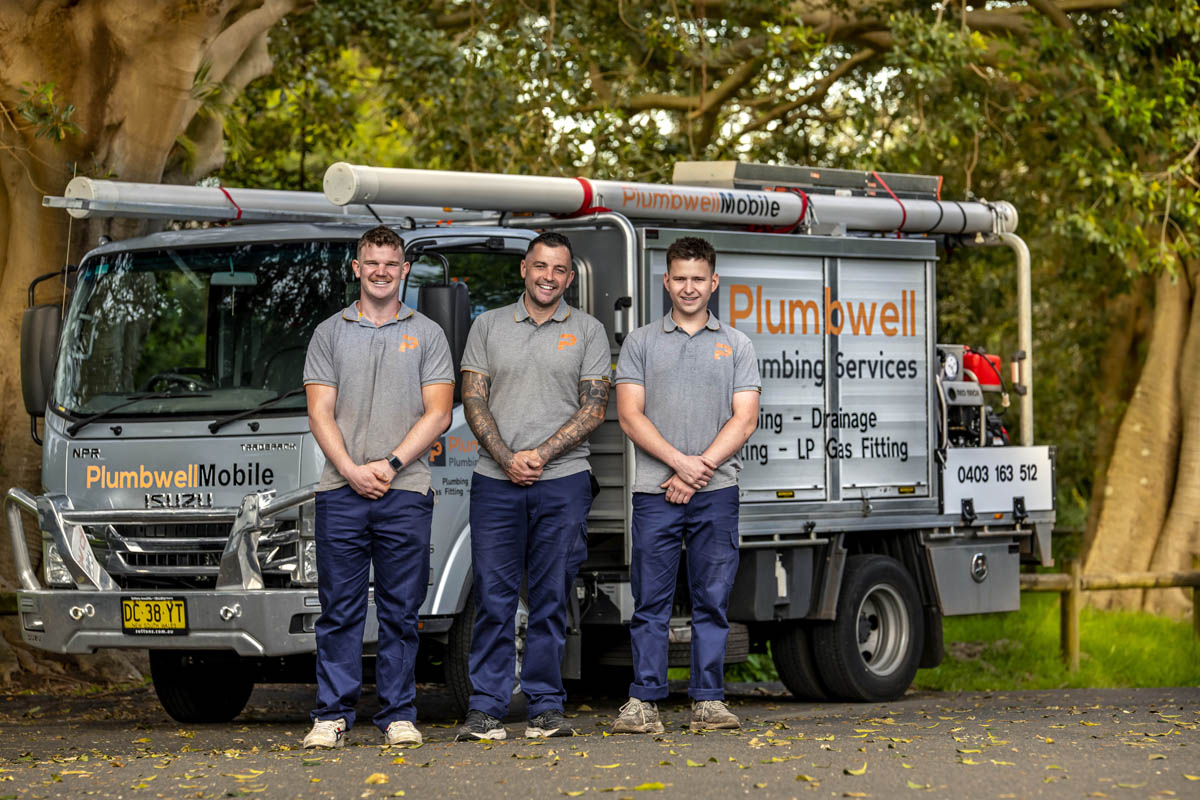
n Sydney, addressing sewer and stormwater pipe issues efficiently is essential for maintaining the city’s infrastructure. Plumbwell Plumbing Services stands out as a leader in providing innovative and effective pipe relining solutions. With a team of experienced professionals and access to the latest relining technology, Plumbwell Plumbing Services offers:
-
- Expert Consultation: Detailed assessments to identify the best relining solution for your situation, considering factors like pipe condition, location, and budget.
-
- Quality Workmanship: Using state-of-the-art equipment and materials, Plumbwell ensures that each relining job is completed to the highest standards, with minimal disruption.
-
- Durability Guarantee: Confidence in the longevity of their work, backed by warranties that guarantee the durability and performance of the relined pipes.
For reliable pipe relining services in Sydney, contact Plumbwell Plumbing Services at (02) 9064 2861 to address your drain repair needs with expertise and precision.
Maintenance Tips After Relining Work is Completed
After your pipes have been relined, proper maintenance is key to maximising the lifespan of the repair. Consider the following tips:
-
- Regular Inspections: Schedule annual inspections to monitor the condition of the relined pipe, identifying any potential issues early.
-
- Avoid Chemical Drain Cleaners: Chemical cleaners can degrade the new lining over time. Opt for mechanical cleaning methods to clear blockages.
-
- Mind What Goes Down the Drain: Be cautious about what enters your drains. Avoid disposing of grease, harsh chemicals, and non-biodegradable materials that could damage the lining or cause blockages.
Conclusion: Why Pipe Relining is the Future of Drain Repair
Pipe relining represents a significant advancement in the field of drain repair, offering a less invasive, more cost-effective, and longer-lasting solution compared to traditional methods. With the ability to fix pipes without digging, minimise environmental impact, and extend the lifespan of existing sewer and stormwater systems, relining is poised to become the preferred choice for municipalities and homeowners alike. As this technology continues to evolve and become more accessible, the future of drain repair looks promising, with pipe relining leading the way toward more sustainable and efficient infrastructure maintenance.

